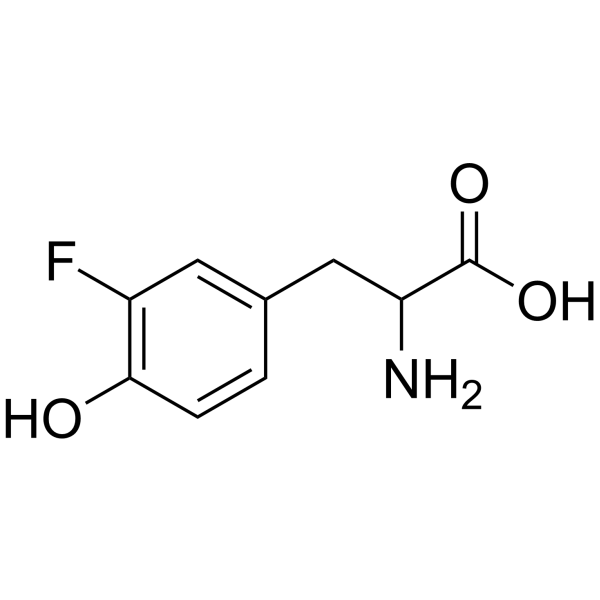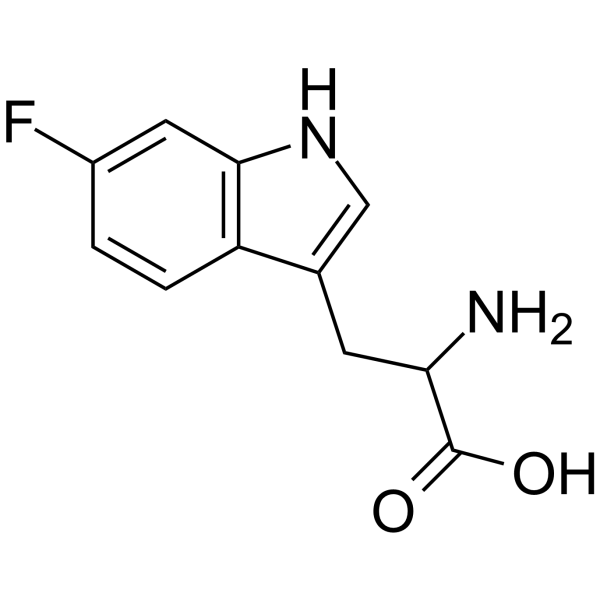| 结构式 | 名称/CAS号 | 全部文献 |
|---|---|---|
 |
间氟-DL-酪氨酸
CAS:403-90-7 |
|
 |
6-氟-DL-色氨酸
CAS:7730-20-3 |
| 结构式 | 名称/CAS号 | 全部文献 |
|---|---|---|
 |
间氟-DL-酪氨酸
CAS:403-90-7 |
|
 |
6-氟-DL-色氨酸
CAS:7730-20-3 |